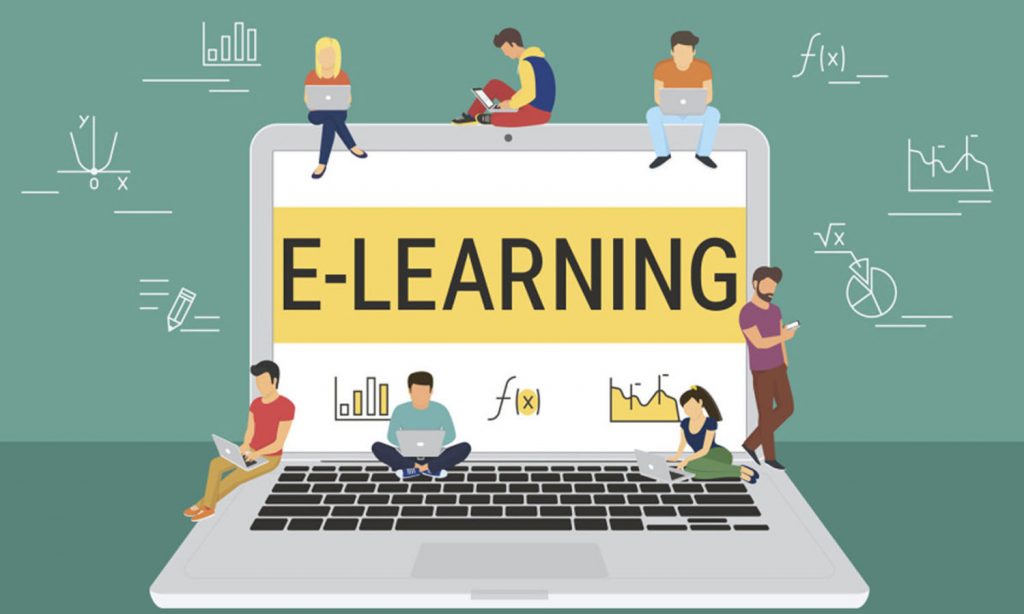
The returns from education in India’s job market have climbed steeply since the turn of the 21st century, an analysis of the three rounds of the quinquennial employment survey by the National Sample Survey Office (NSSO) show.
In 1999-2000, a graduate would earn 2.4 times the salary drawn by workers who had completed their schooling till class VIII. By 2011-12, the gap had widened, with the average graduate worker earning 3.3 times the average worker with basic schooling.
Data show that while the earnings premium at higher levels of education has gone up sharply during the 21st century, the premium at lower levels of education has not. The premium for each level of education has been calculated with respect to the next level of education. The analysis considers only workers above the age of 25 to account for fluctuations in educational enrolments over time.
The premium on mid-level schooling has declined considerably, while the premium on secondary schooling remained unchanged since 1999-2000. The premium on higher secondary education and graduate courses has gone up sharply during the same period.
The rise in premium for higher education and the stagnant, or even declining salaries, for workers with basic schooling may have two underlying factors. One, changes in technology have increased the demand for high-skilled and better-educated workers in India, as is the case across the world. Two, the decline in school learning outcomes in India, highlighted by successive reports from the Annual Survey of Education (ASER), may have led employers to discount the value of school education in the country.
But what about the premium on formal vocational training? For those with a higher secondary or graduation degree, vocational training does not lead to a significant difference in earnings. But for those with a secondary or mid-school qualification, vocational training leads to an increase in income.
Unfortunately, very few among those with a secondary or mid-school qualification opt for vocational training. Mostly those with higher secondary or graduation degrees tend to opt for formal vocational training, data show.
Given the rising returns from education, it is not surprising that Indians, cutting across social groups, enrolled in greater numbers in educational institutions since the turn of the century, especially between 2004-05 and 2011-12. Nationally, the share of youth (those aged 15-24) attending educational institutions went up by 14 percentage points to 43.5%. Among OBCs (other backward classes), the rise was even sharper.
However, among current wage earners, the share of the educated remains low, especially among marginalized groups. A majority of scheduled caste (SC) and scheduled tribe (ST) workers are illiterate, or lack formal schooling. Nearly a half of OBC wage earners also lack formal schooling. But among general category workers, less than one-fifth lacked formal schooling as in 2011-12.
Among general category workers, nearly one-third were graduates, while a little over one-tenth of OBCs had a graduation degree. Among SC and ST workers, about 6% were graduates.
While the share of graduate workers among the marginalized caste groups remains low, those who had earned their graduation degrees were more likely to find regular work compared to others.
The share of SC/ST/OBC graduate workers with a regular job was higher than that for general category workers, partly because there are fewer graduates among these communities, and partly because of reservations in government jobs.
However, access to a regular job does not necessarily mean access to all social security benefits or similar earnings. Those from marginalized groups tend to have much lower salaries than general category workers, even for graduates, data show.
While education may not entirely eliminate the privileges of belonging to a certain caste, it does help widen access to opportunities for the most underprivileged, data show.
The upshot: widening access to high-quality education will be key to tackle social and economic inequality in 21st century India.
source:-.livemint.




